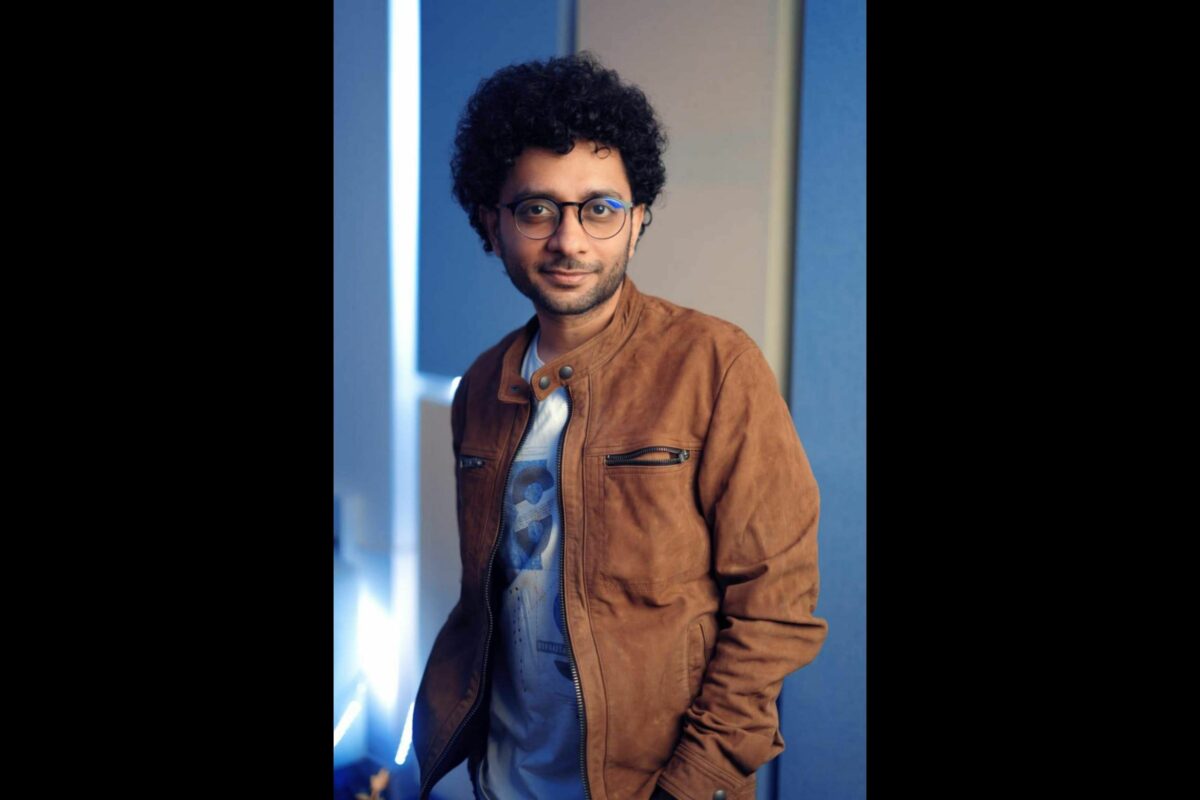
Parag Chhabra
Even though he started off
as a vocalist, it was during his
college days in Pune that Indore-
born musician Parag Chhabra
started looking for opportu-
nities beyond just vocal expertise.
Trained in hindustani classical music,
he soon joined AR Rahman’s KM Music
Conservatory in Chennai, where he was
eventually discovered by the legendary
composer. His shift to Mumbai in 2018
got him his first break as a composer in
the film Waah Zindagi starring Naveen
Kasturia, Sanjay Mishra and Vijay Raaz.
Currently, he is actively working as an
independent music director with films
like Good Luck Jerry, Jai Mummy Di,
An Action Hero and the National award-
winning film Turtle. We speak to him to
learn more about his musical style ahead
of the digital debut of An Action Hero.
How would you describe your music philosophy?
This journey requires me to seek out
knowledge; hence I can’t remain fixated
on ideas. I truly believe music should
soothe and heal people, especially in
today’s times. I would say healing people
through music is one of my major call-
ings.
How would you describe your musical stint in An Action Hero?
This is my second film with Anand L
Rai as my first film with him was Good
Luck Jerry. For An Action Hero, the
theme was the first thing we cracked
and it did quite well after the track’s ini-
tial release. It was then that we thought
of turning it into a full-fledged song. The song mainly focused on a rap battle so as to bring out the concept of conflict
through it, with the theme music inter-
playing in between. There’s another
song called Ghere that explores the hip
hop space with lots of melody in it. It
has been sung by Vivek Hariharan and
that rap part was executed by D’Evil
of Gully Gang Cypher fame. The film
is extremely urban with strong doses
of dark humour in it, so, we tried to
keep the music as urban as we could,
bringing in western elements, as well.
We have used uncommon instruments
like the dotara from Bengal and the
pipa from China. There are a total of
fourteen instrumental layerings used
in the songs.